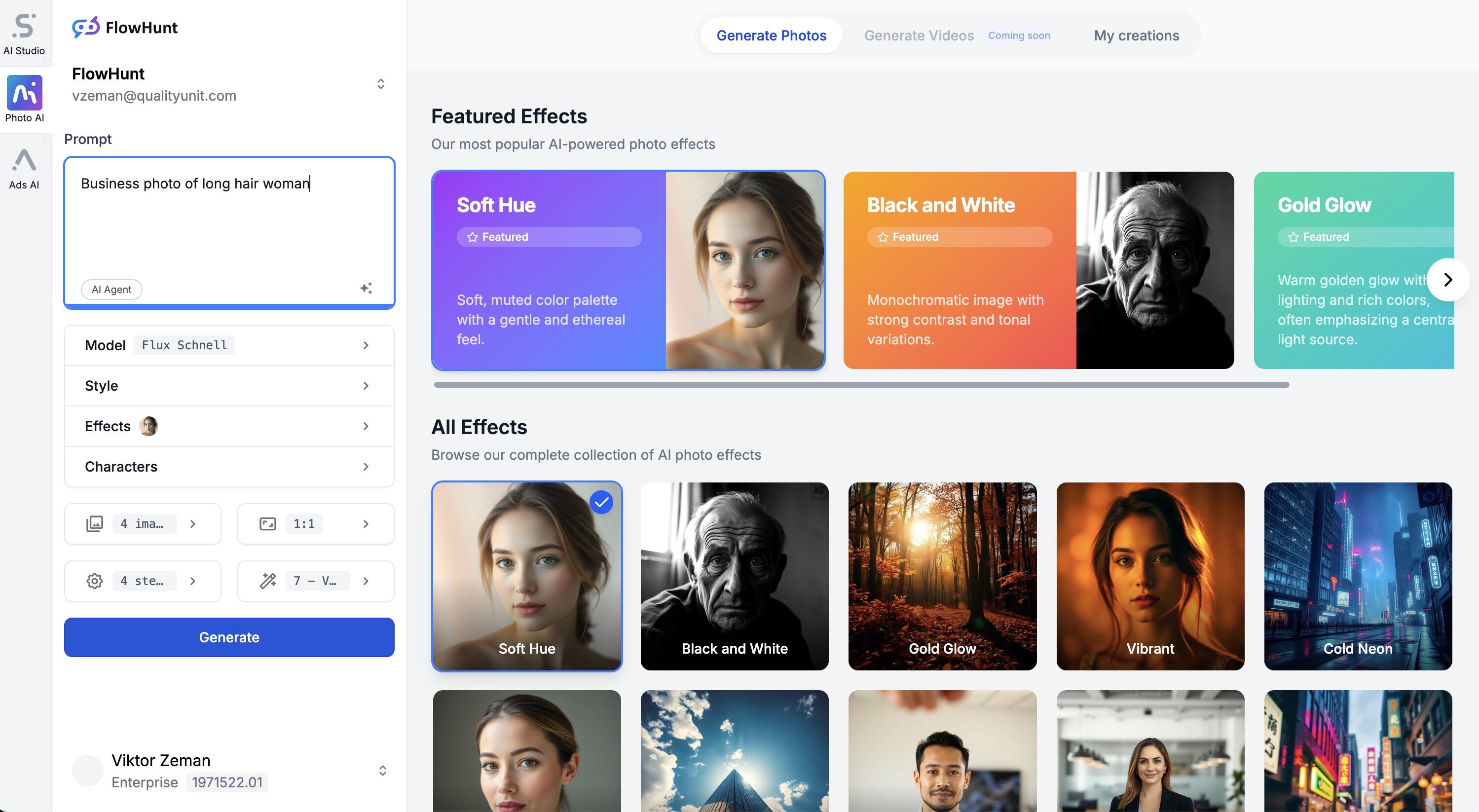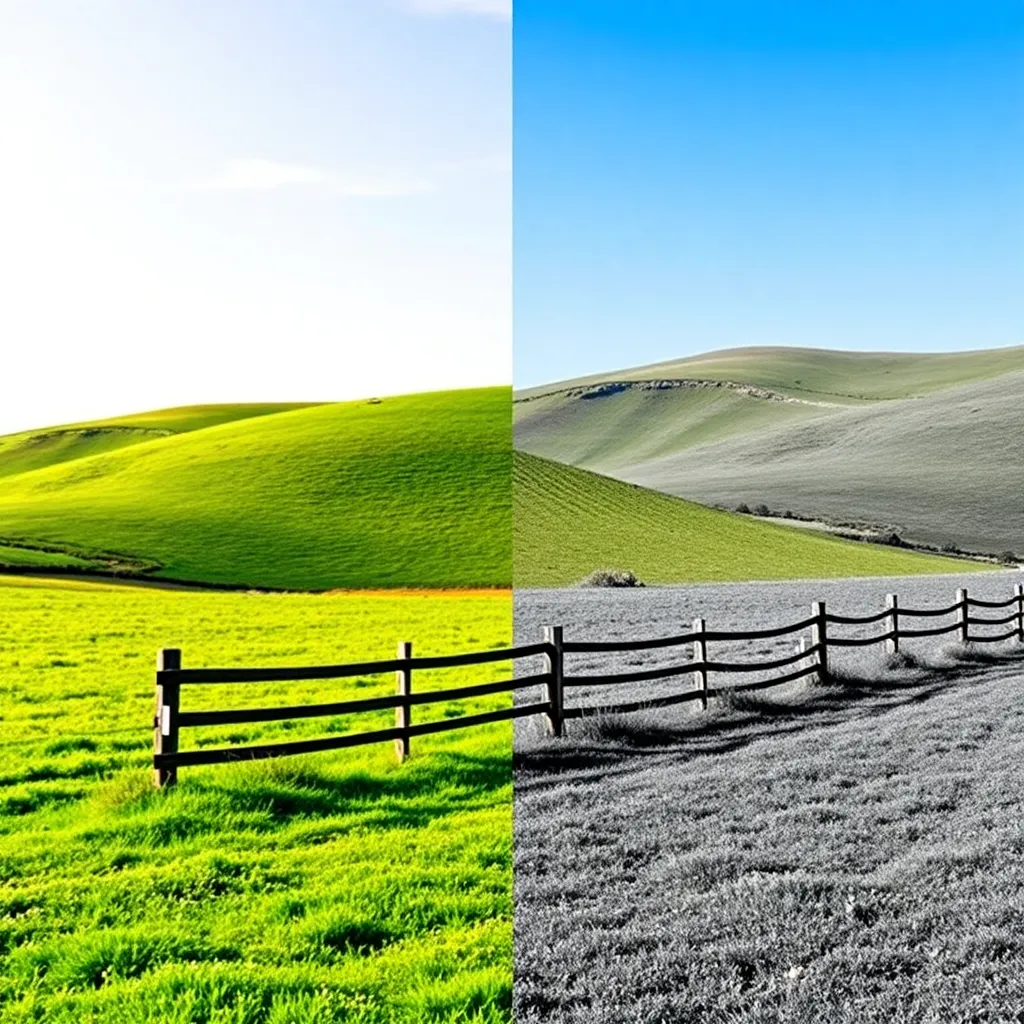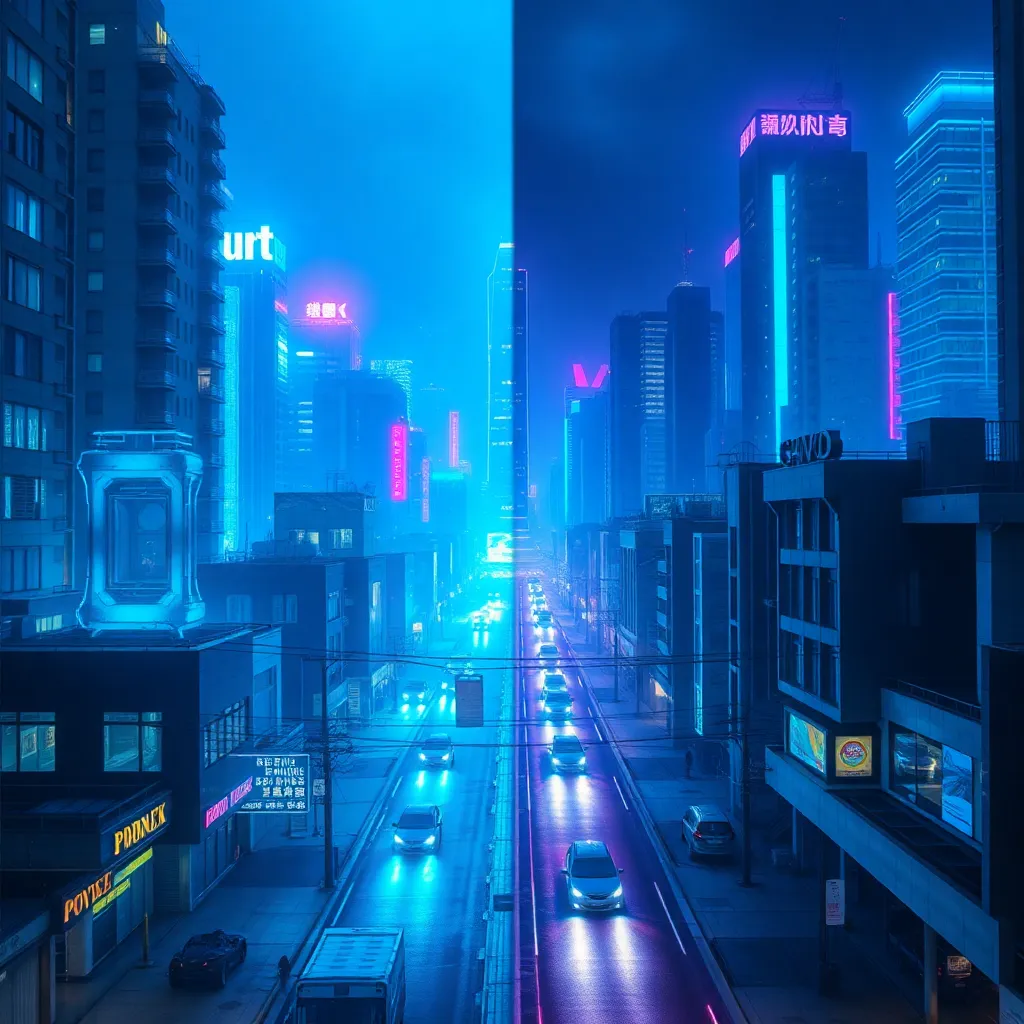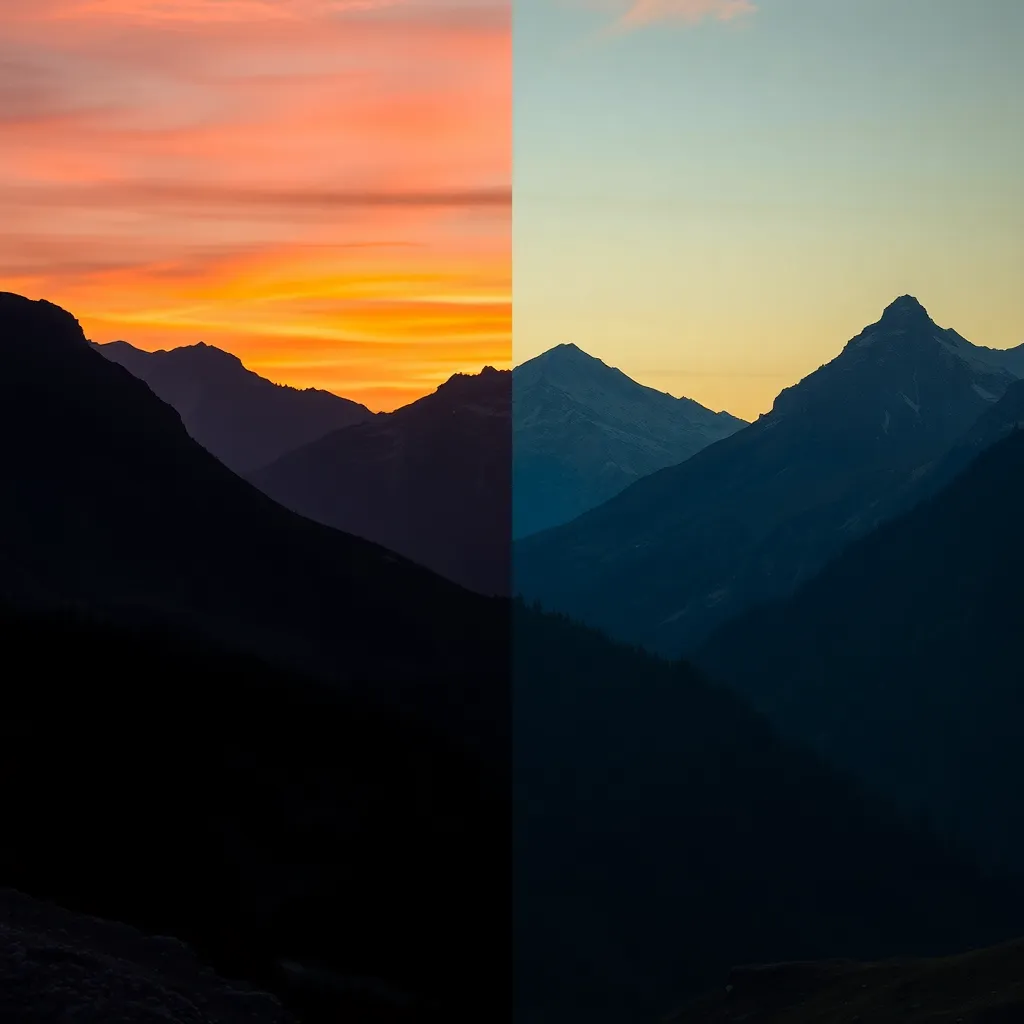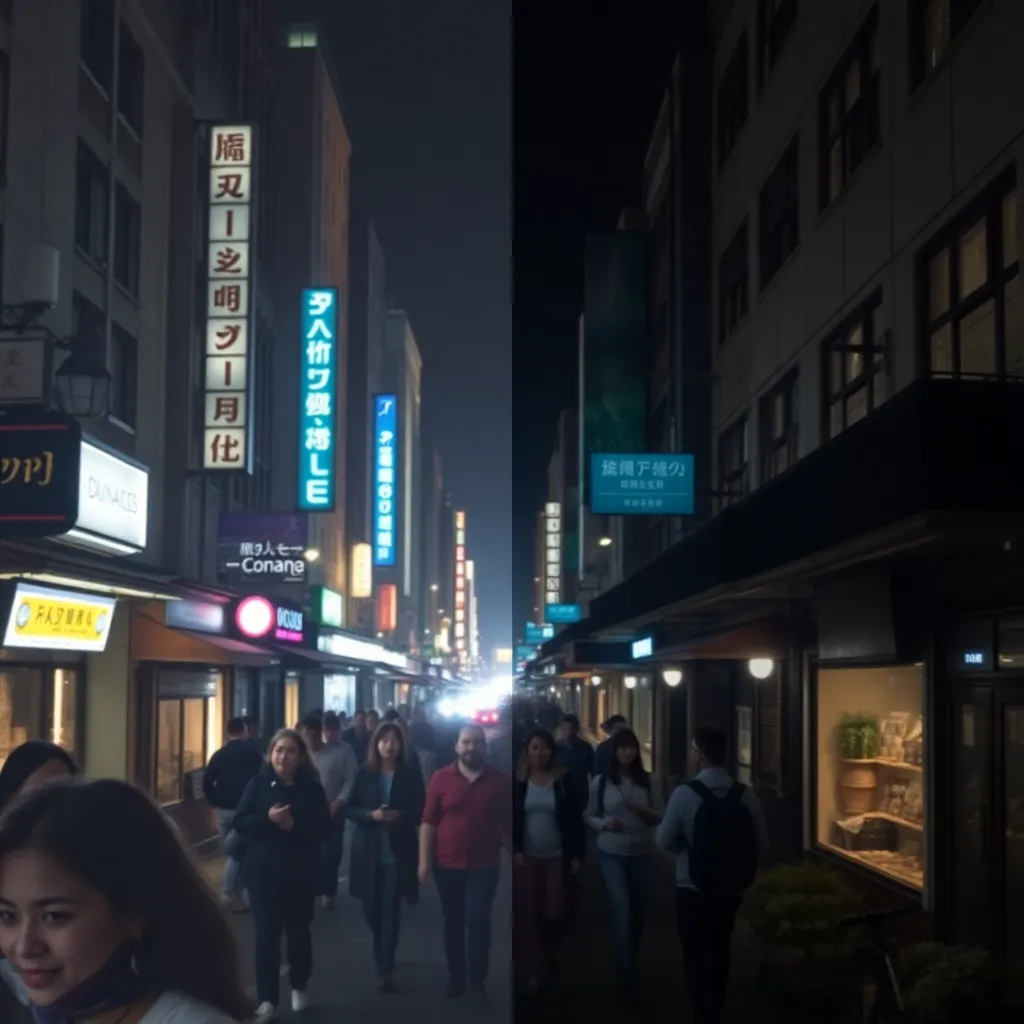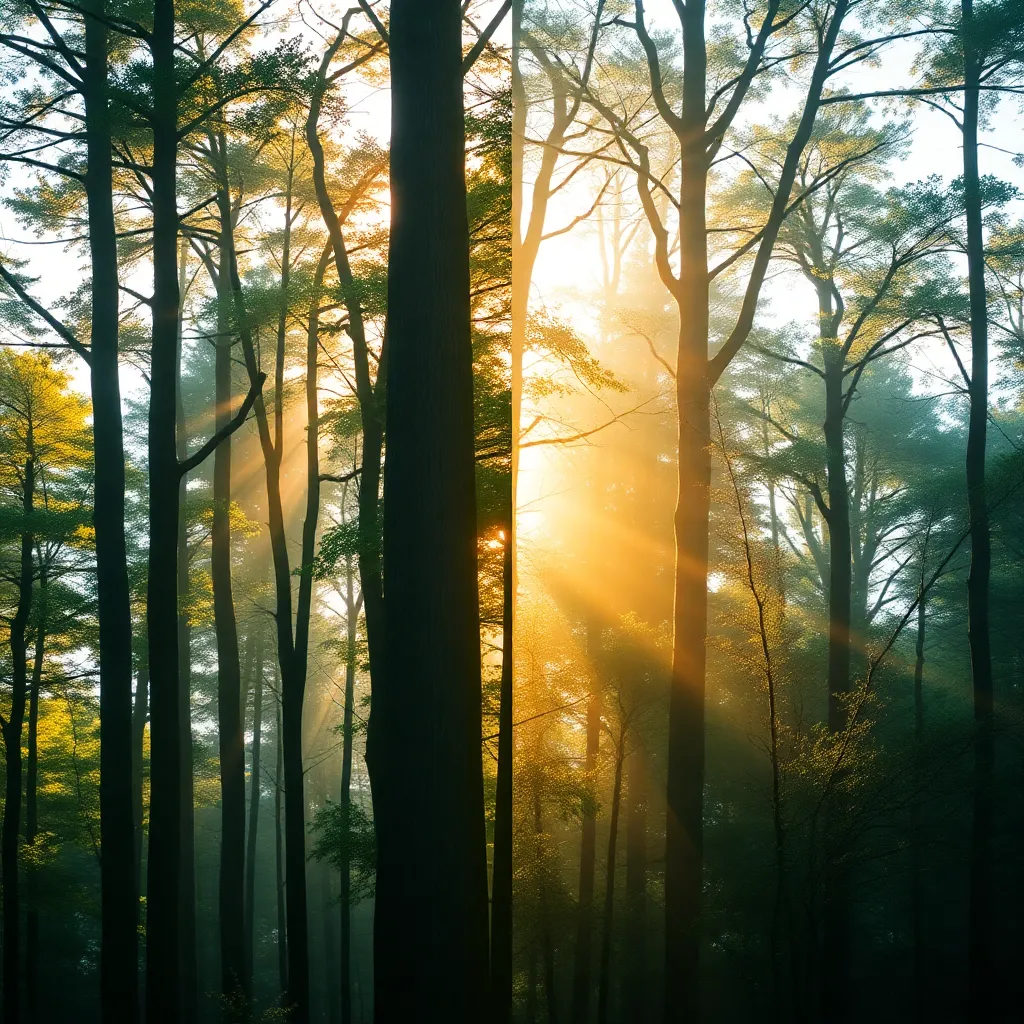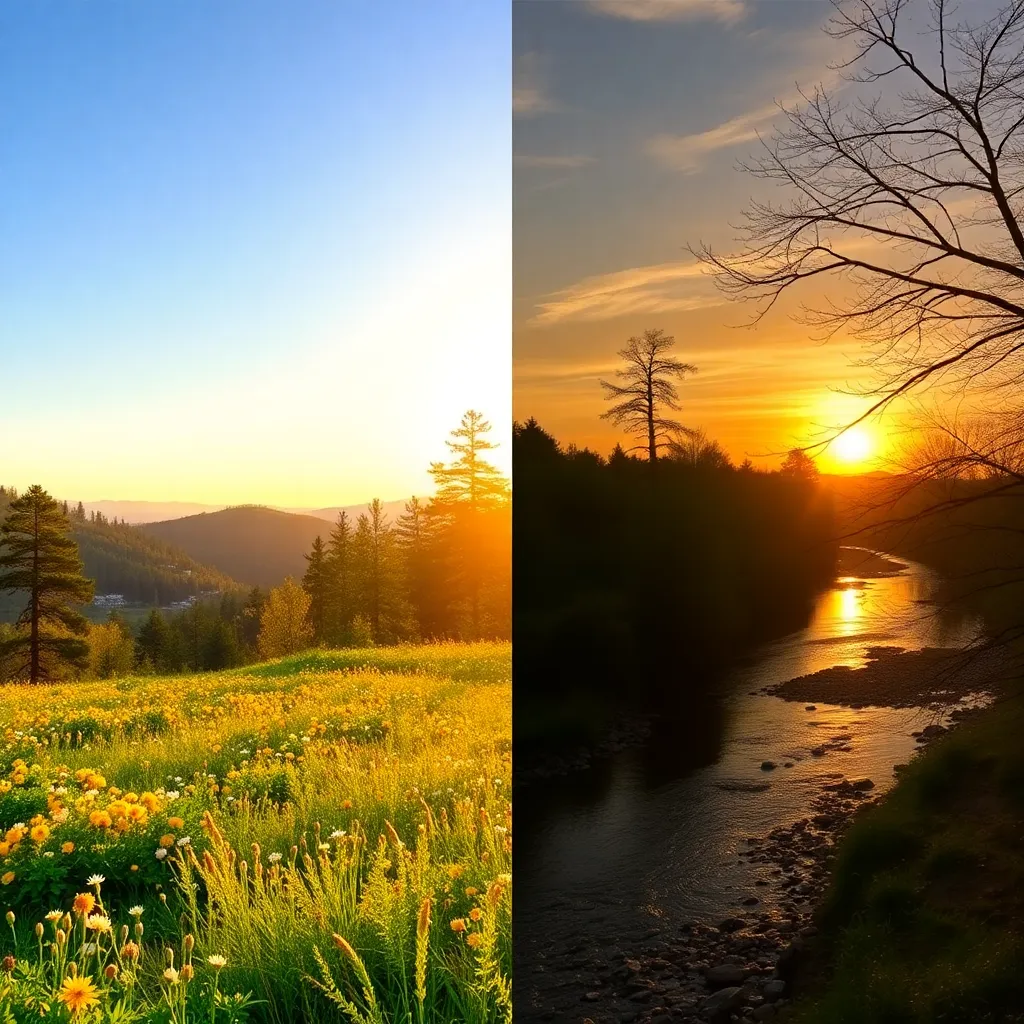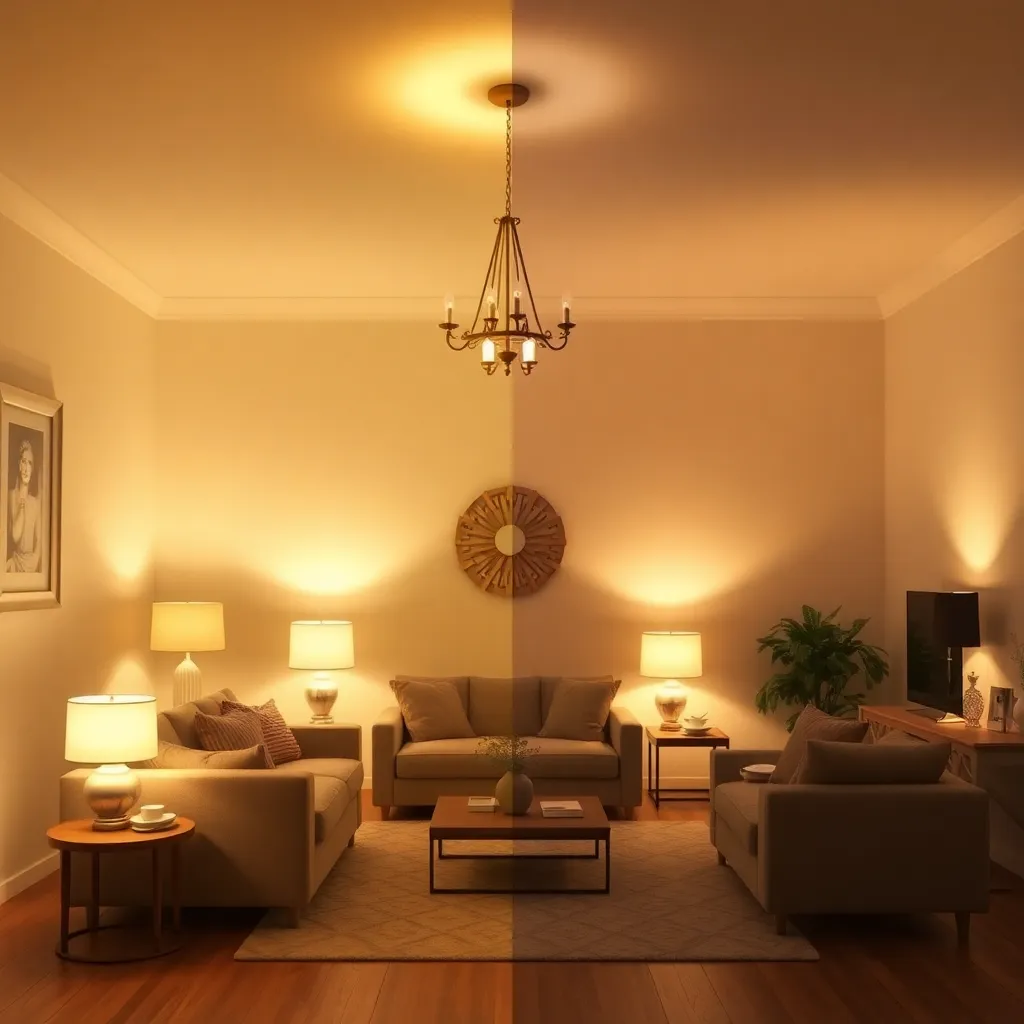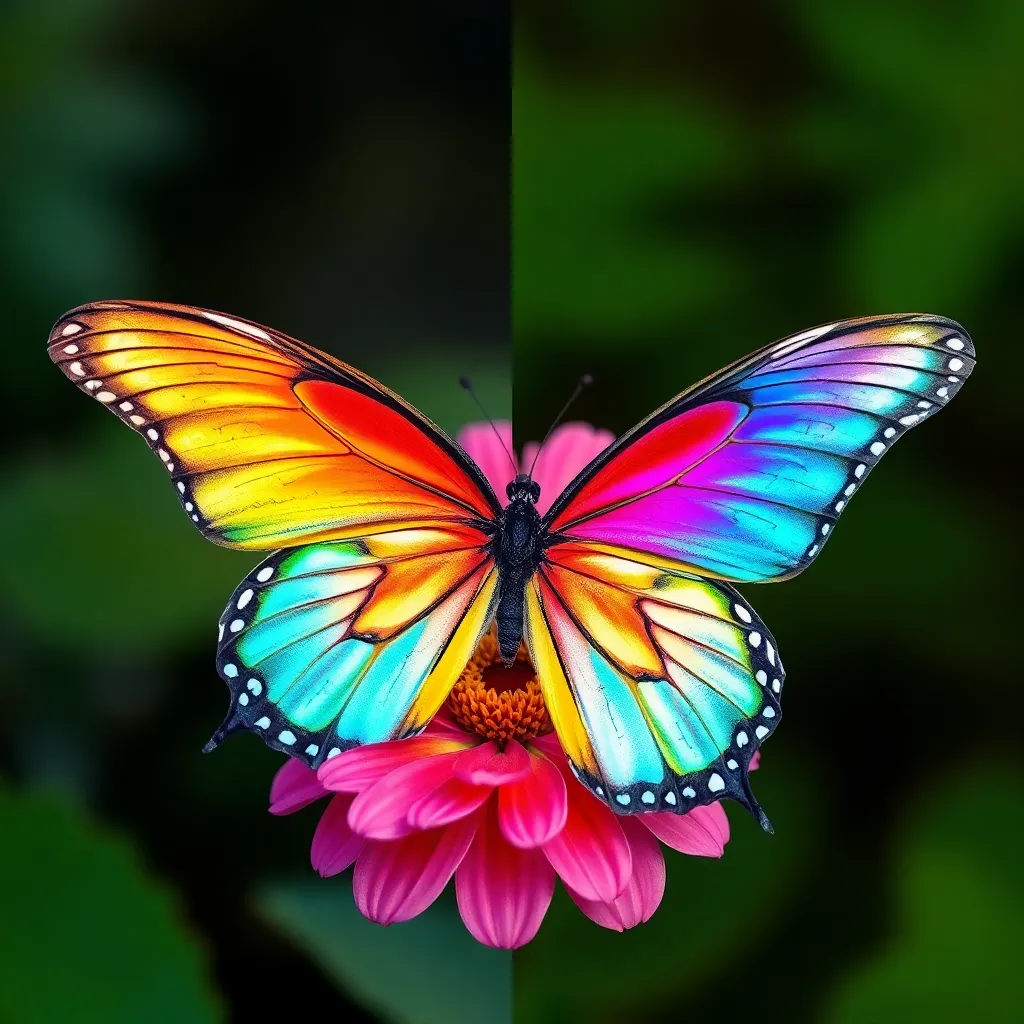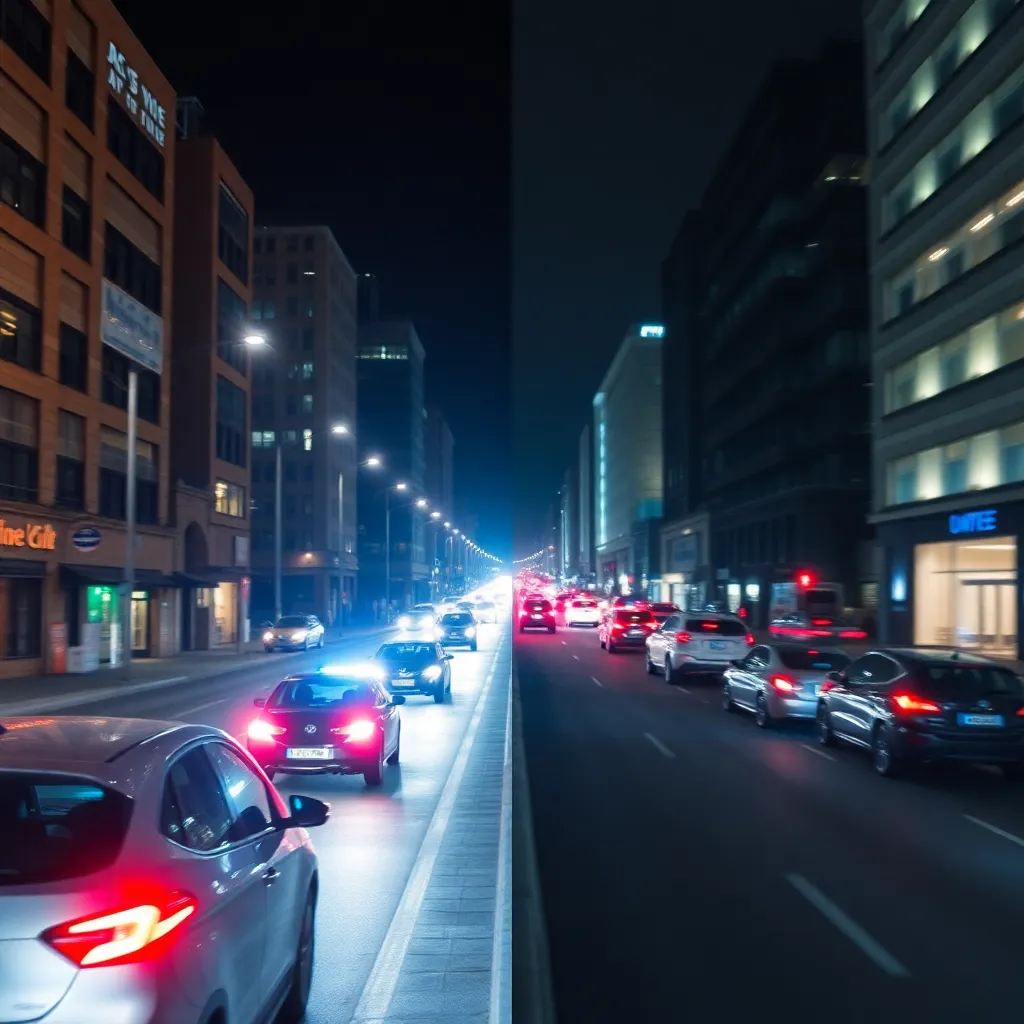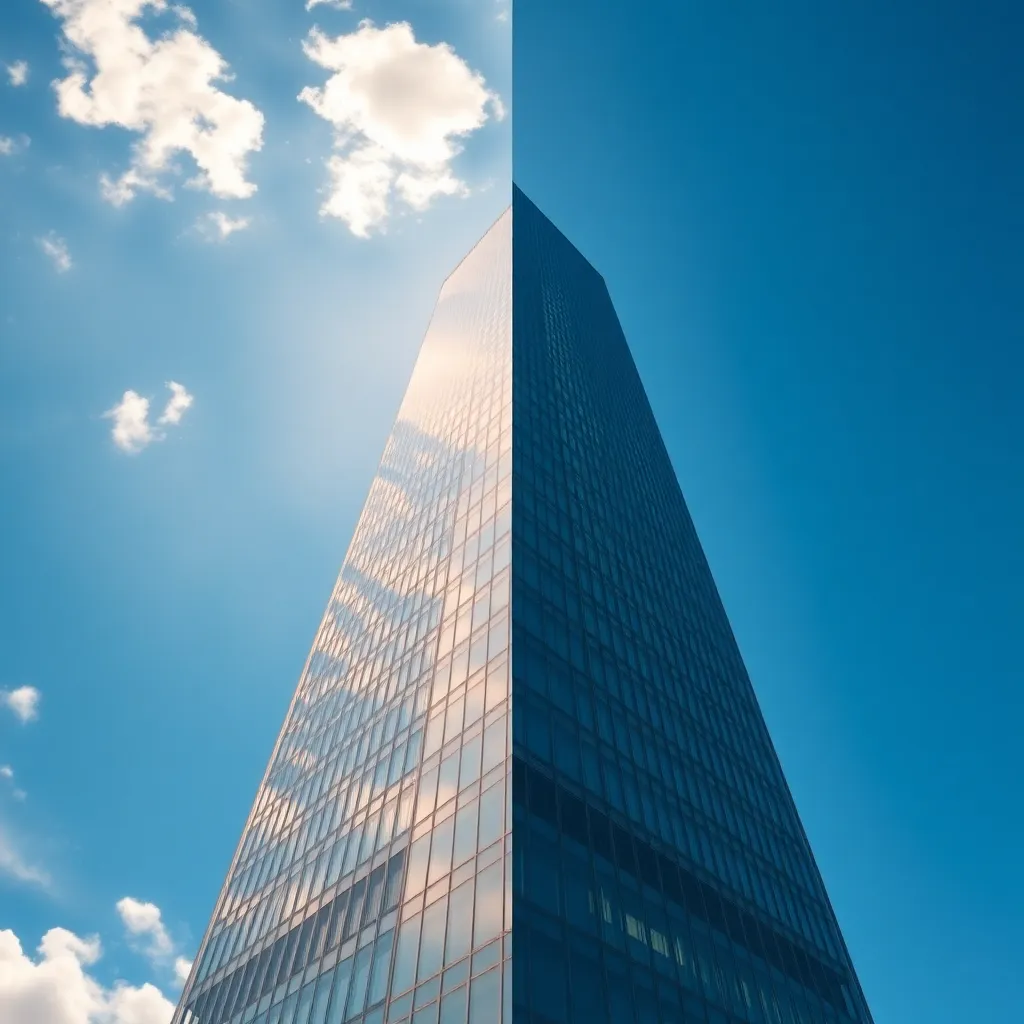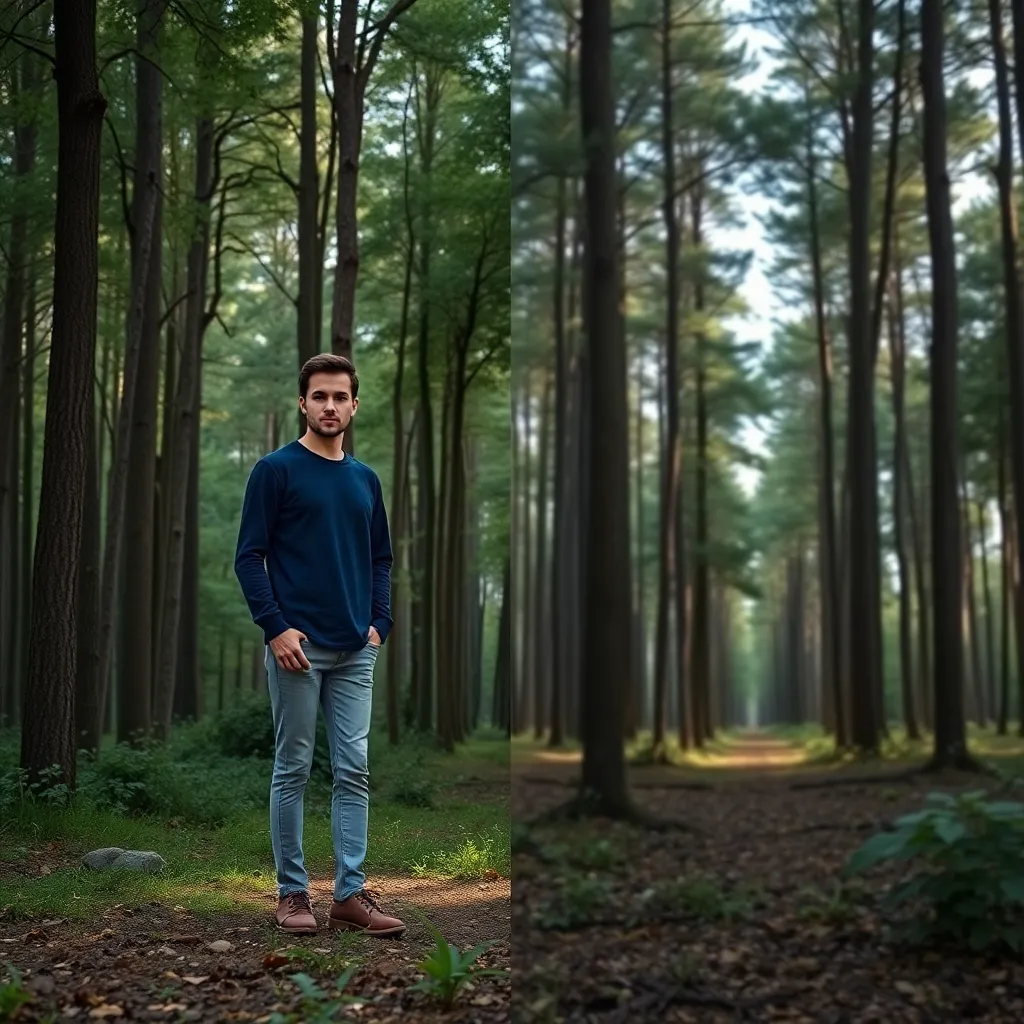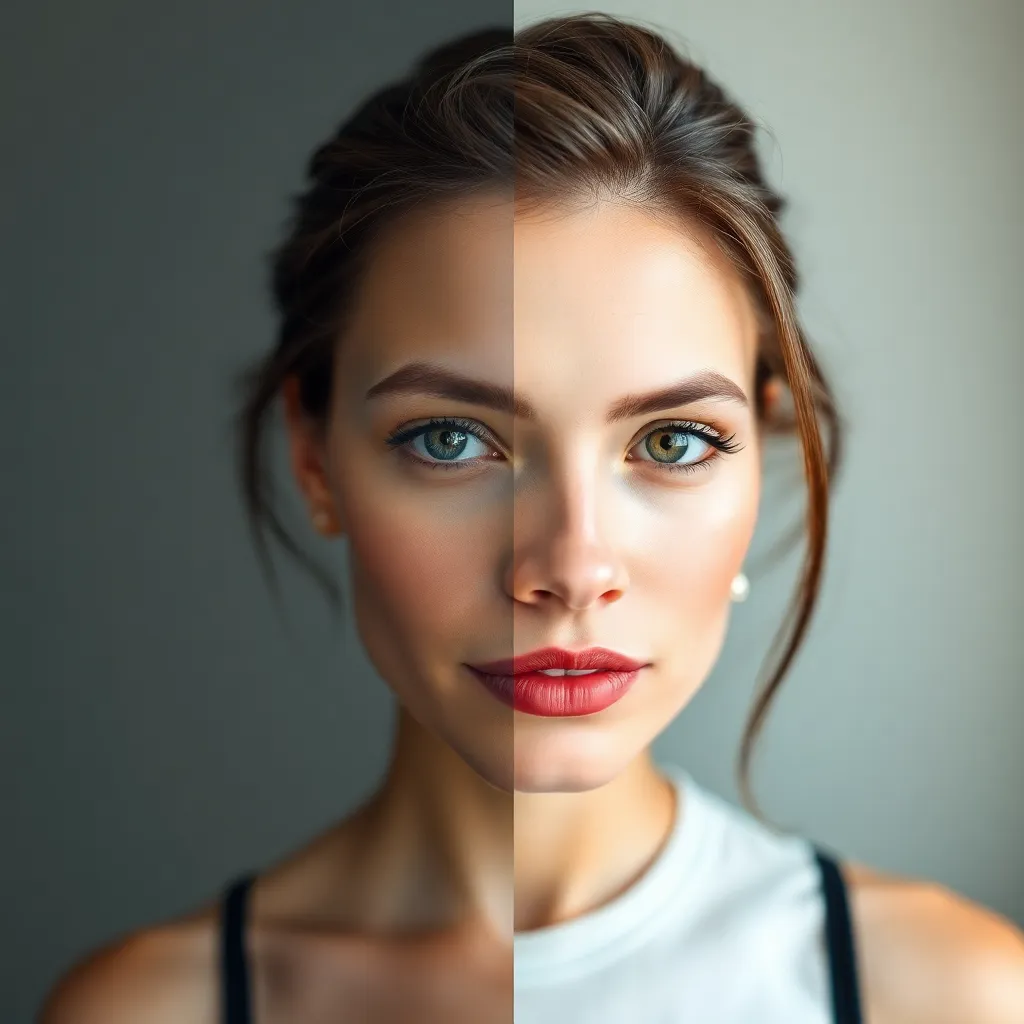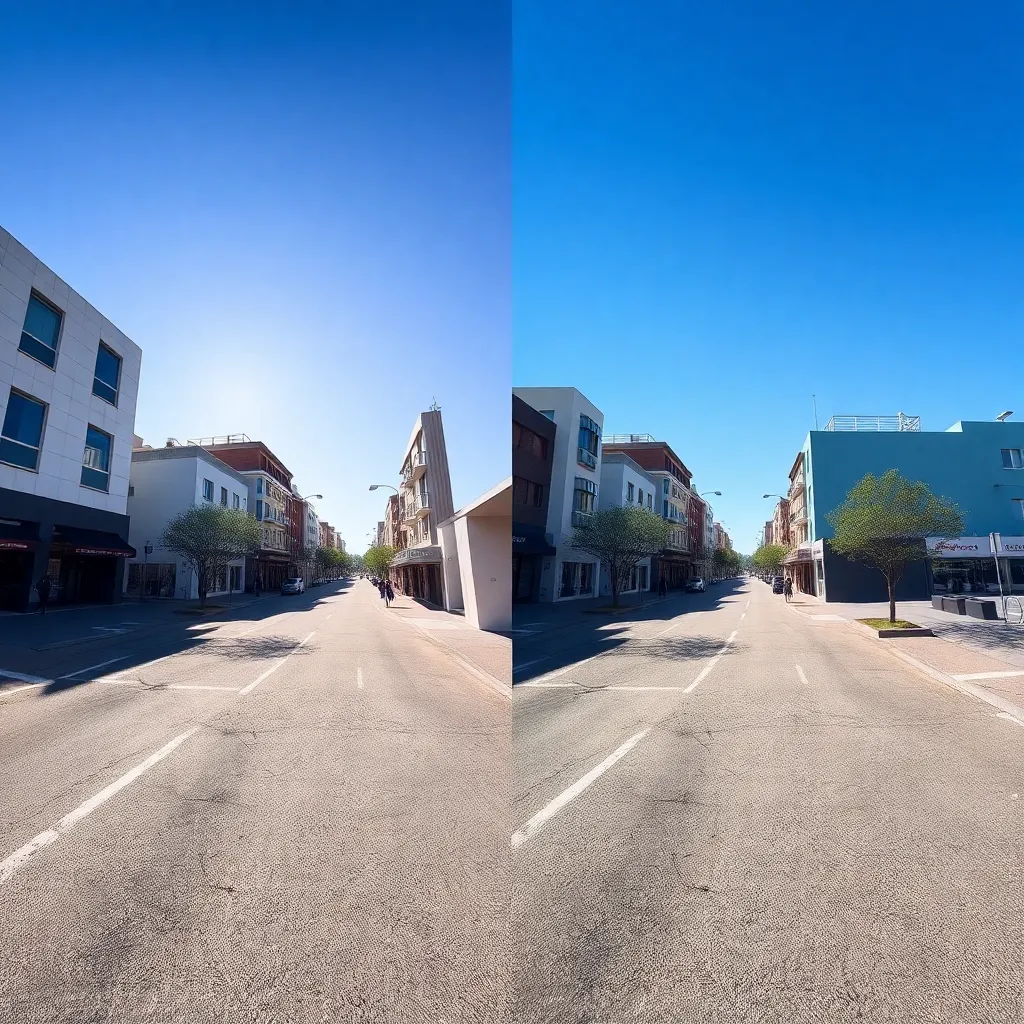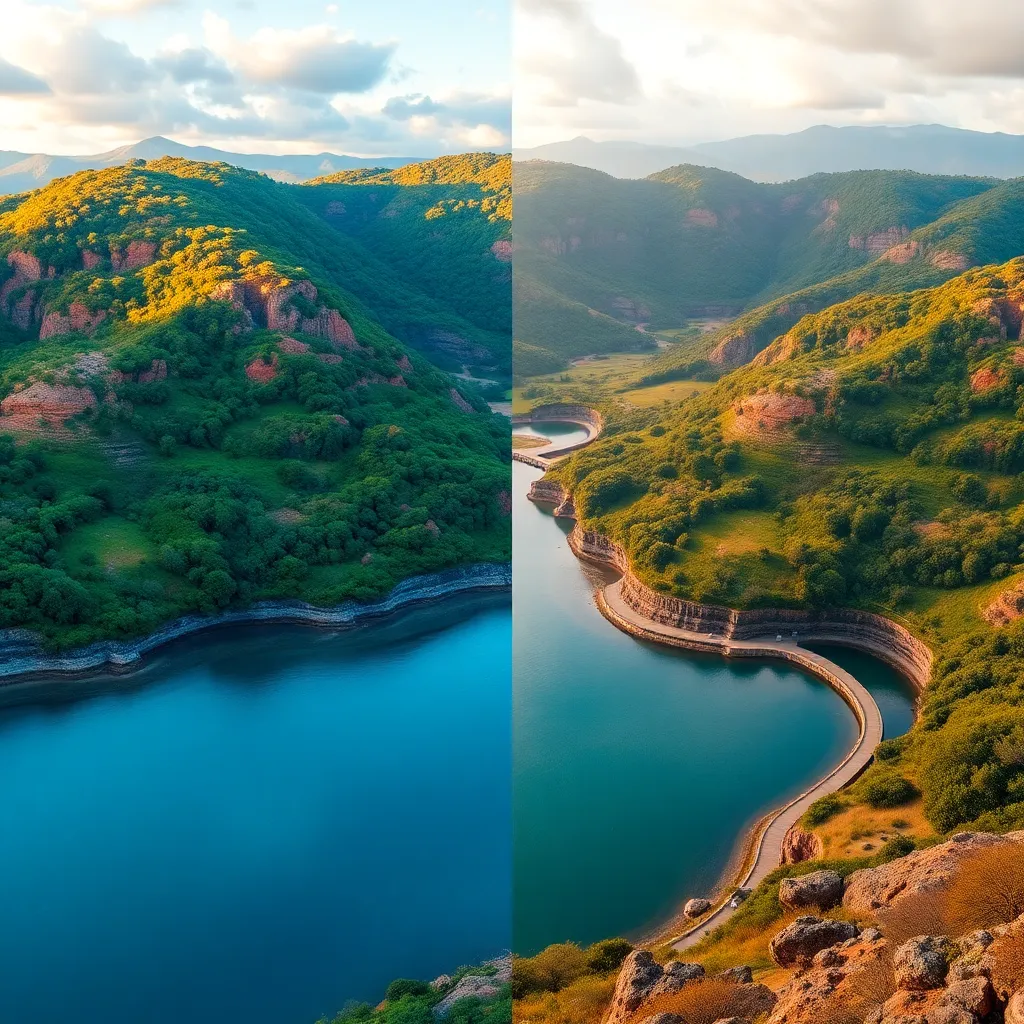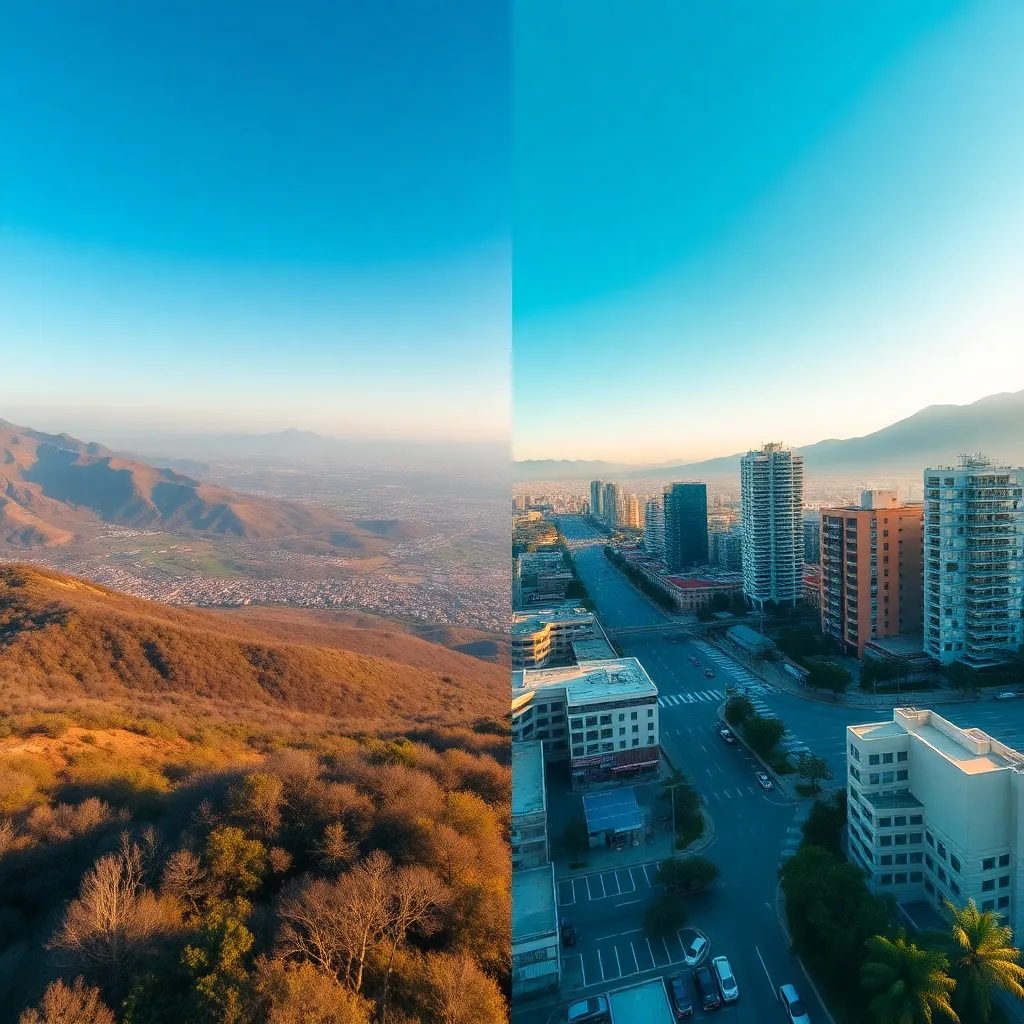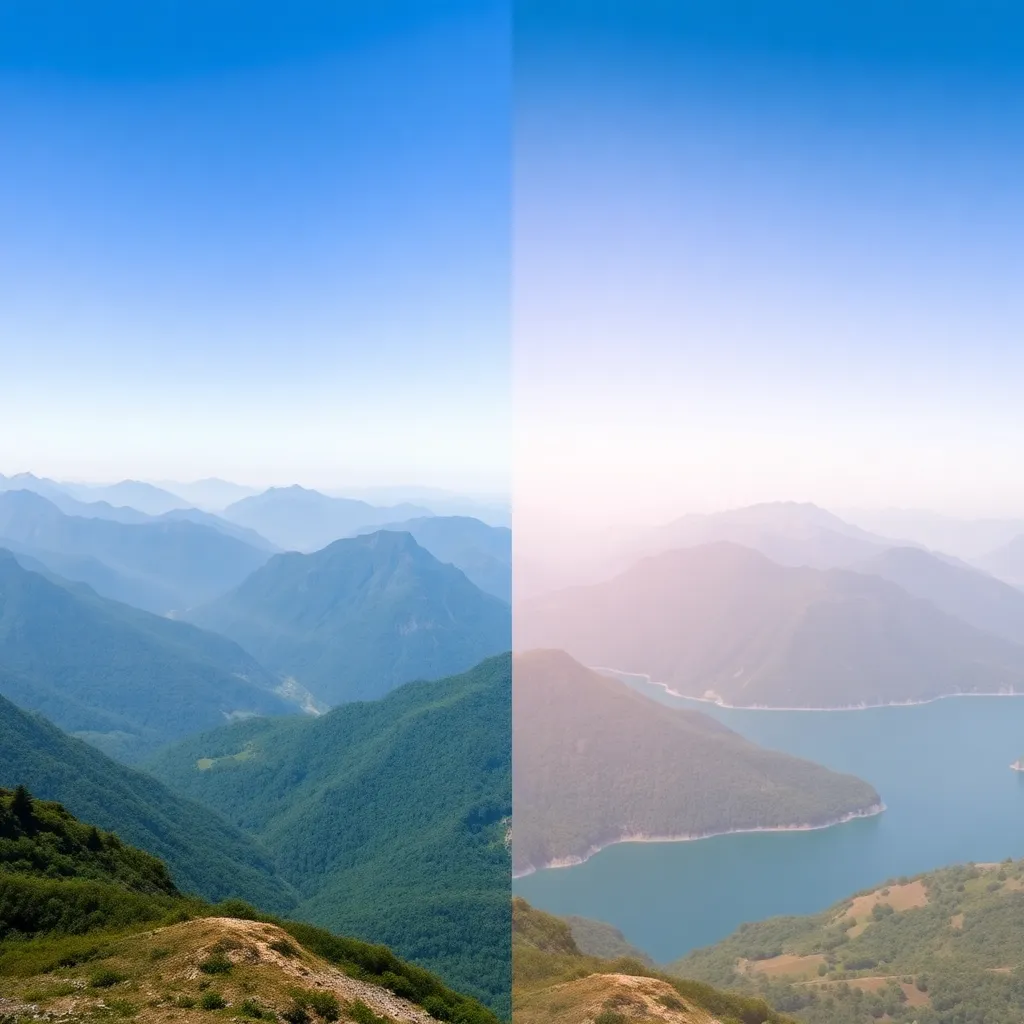
Aerial Effect
The Aerial effect in photography creates dramatic, bird’s-eye views of landscapes, cityscapes, events, and structures. This effect is achieved by capturing imag...
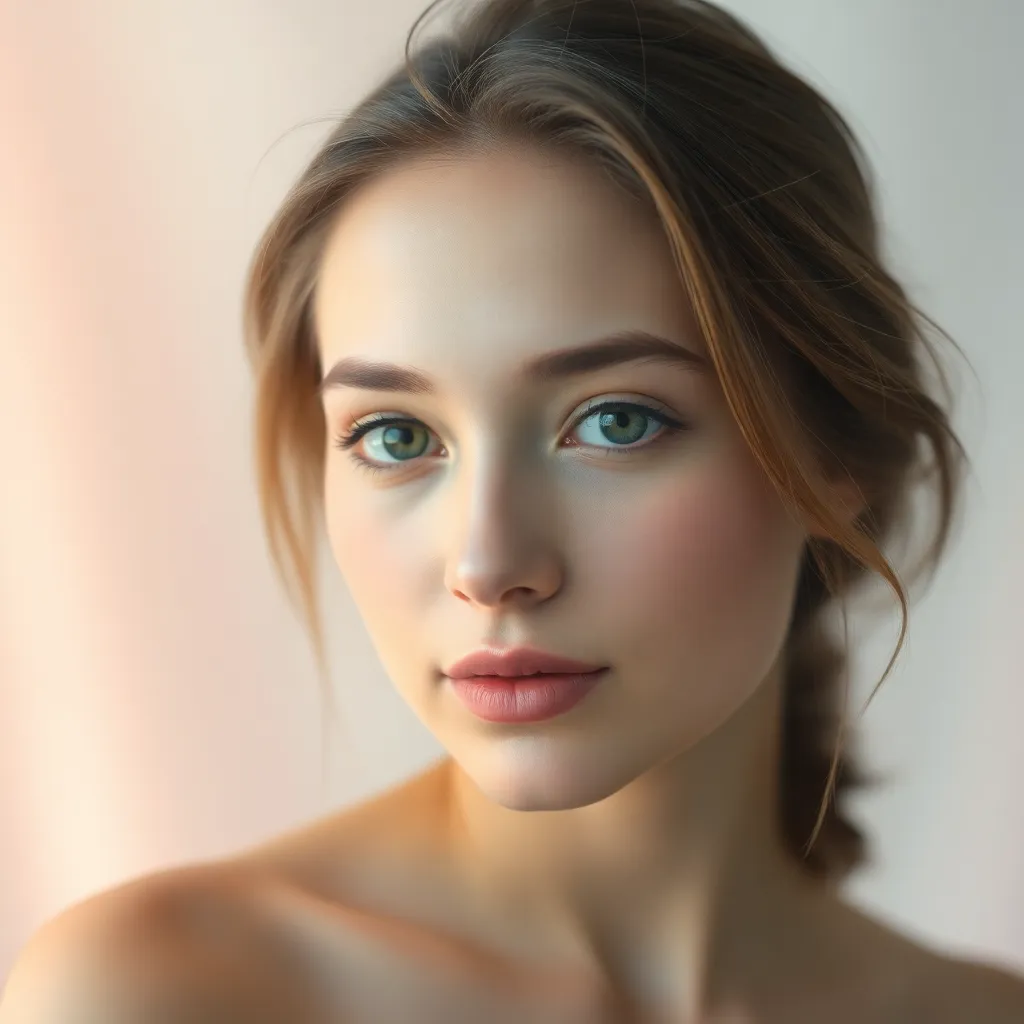
Effect
Soft Hue is a color grading effect that adds delicate, pastel-like color tones to images. Widely used in fashion, portrait, and wedding photography, this effect creates a dreamy, ethereal atmosphere. Photographers who aim for a gentle aesthetic with subtle color shifts prefer Soft Hue to evoke emotional responses while maintaining natural skin tones.
Use our Photomatic AI image generator to create stunning images with Soft Hue effects. Our AI technology allows you to generate high-quality images with just a few clicks. Try it now and see the difference!
The soft hue effect is a photography technique that brings a delicate, dreamy quality to images. It’s widely used by photographers to create visuals that feel romantic, elegant, and nostalgic. By subtly adjusting colors and softening certain elements, this effect transforms ordinary photos into ethereal and captivating works of art. Here’s a detailed guide to understanding and mastering this technique, along with tips to achieve stunning results.
The soft hue effect involves refining an image by softening colors and adding a gentle blur. This approach reduces harsh contrasts and emphasizes pastel-like tones, creating a calming, ethereal aesthetic.
This technique is especially popular in photography styles that focus on romance and beauty. Wedding, portrait, and lifestyle photography are prime examples where the soft hue effect is frequently applied. It enhances the emotional impact of the image, making it stand out while maintaining a timeless quality.
Key benefits of the soft hue effect include:
The soft hue effect improves photos by refining their overall tone and feel. Here’s how it enhances different aspects of your photography:
Subtle Color Refinement
This effect adjusts colors, toning down overly vibrant hues and creating a harmonious balance. The result is a soft, pastel-like finish that feels gentle and visually appealing.
Ethereal, Romantic Quality
By blending tones and reducing sharpness, this technique adds an elegant, dreamy vibe. It works beautifully for creating a nostalgic or romantic atmosphere in photos.
Where It Works Best
This effect is versatile and can be applied to various types of photography to achieve unique results:
Wedding Photography
Enhance the romantic mood of wedding photos by softening harsh lighting and adding warmth. Pastel tones and delicate blurs create a storybook-like quality.
Beauty and Fashion Photography
Perfect for portraits and fashion shoots, this effect smooths skin tones and enhances elegance, making colors appear more cohesive.
Product and Interior Photography
Elevate product images by softening shadows and creating a refined look. Interior shots benefit from the calming and polished aesthetic this technique provides.
Here are some tips to achieve the best results when using the soft hue effect:
Choose Suitable Images
The effect works best with photos that have natural lighting, soft backgrounds, or pastel color schemes. Avoid using it on images with harsh contrasts, as it may not blend well.
Adjust Intensity Thoughtfully
For portraits and wedding photos, keep the effect subtle to maintain the subject’s natural features. For lifestyle or product shots, you can experiment with stronger intensity for dramatic results.
Combine with Other Adjustments
Pair the soft hue effect with additional edits like vignettes, contrast adjustments, or clarity enhancements. This will help you create a balanced composition that feels cohesive and polished.
The soft hue effect is a versatile and creative technique that can transform your photography. By adding subtle softness and blending colors, it enhances the overall aesthetic, creating images that feel dreamy and captivating.
Whether you’re a beginner or an experienced photographer, experimenting with the soft hue effect can help you develop a unique style. Use professional tools like Photoshop for detailed edits or opt for quick solutions like Snapied’s filter for efficiency.
Try this effect on your next project, and share your results with others. Don’t forget to explore complementary techniques like the Calm Mood, Rose Glow, and Timeless Look filters to expand your creative possibilities.
This guide equips you to confidently use the soft hue effect, giving your photos a refined, ethereal quality that’s sure to leave a lasting impression.
Use our Photomatic AI image generator to create stunning images with Soft Hue effects. Our AI technology allows you to generate high-quality images with just a few clicks. Try it now and see the difference!
The Soft Hue effect is a color grading technique that adds a soft, pastel-like hue to images, creating a dreamy and ethereal look. It is commonly used in fashion and beauty photography to enhance the overall aesthetic of the image.
You can use the Soft Hue effect in your photography by applying it during the post-processing stage. Many photo editing software and apps offer filters or presets that mimic the Soft Hue effect, allowing you to easily achieve this look in your images.
The Soft Hue effect is particularly beneficial for fashion, portrait, and wedding photography. It helps create a soft and romantic atmosphere, enhancing the overall mood of the images while maintaining natural skin tones.
Yes, you can achieve the Soft Hue effect using various mobile apps and online photo editing tools that offer filters or presets. Many of these tools are user-friendly and allow you to apply the effect with just a few clicks.
While the Soft Hue effect works well for many types of images, it is particularly effective in fashion, portrait, and wedding photography. However, it may not be suitable for all genres, such as high-contrast or dramatic styles, where a more vibrant color palette is desired.
Give to AI Agents and AI Crews tools to generate images
FlowHunt is much more than an image generation platform. You can automate your image generation process with AI Agents or Crews in AI Studio. Create stunning visuals in seconds, tailored to your needs. Whether you need product photos, marketing visuals, or unique artwork, our platform makes it easy to bring your ideas to life. AI Studio supports wide range of image generation models.
Example usage:
Explore our other effects to enhance your AI generated images
The Aerial effect in photography creates dramatic, bird’s-eye views of landscapes, cityscapes, events, and structures. This effect is achieved by capturing imag...
The Black and White effect transforms color images into grayscale, emphasizing contrast, texture, and composition. This classic effect is beloved in portrait, s...
The Cold Neon effect is a visually striking color grading style that bathes images in cool, electric neon tones—primarily blues, purples, and cyans. This effect...
The Dramatic Effect is a powerful visual technique in photography that intensifies mood, highlights emotion, and creates striking visual impact. Utilizing bold ...
The Flash Effect is a photographic technique where a sudden burst of artificial light is used to illuminate a scene or subject, resulting in high contrast, vivi...
The Gold Glow effect is a radiant visual enhancement that bathes images in warm, golden highlights. Popular in luxury, fashion, branding, product, and fantasy a...
The Golden Hour effect is a sought-after lighting phenomenon in photography, characterized by the warm, soft, and diffused sunlight that occurs shortly after su...
Indoor Light Effect is a photographic and editing technique that enhances images by simulating or accentuating artificial light sources within interior spaces. ...
The Iridescent Effect brings a spectrum of shifting, luminous colors to images, creating a captivating visual experience reminiscent of shimmering soap bubbles,...
Long Exposure is a photographic effect that captures the movement of subjects over a period of time, resulting in striking visuals such as light trails, silky w...
The Low Angle Effect is a powerful photographic technique where the camera is positioned below the subject, looking up. This effect exaggerates height, conveys ...
The Mid Shot effect is a classic photographic composition technique that frames the subject from the waist up. Widely used in portrait, documentary, fashion, an...
The Portrait Effect is a photographic technique that emphasizes the subject by keeping them in sharp focus while artfully blurring the background. This effect, ...
The Tilt Shot effect, also known as the Dutch Angle, involves tilting the camera to create a slanted horizon. Widely used in action, psychological thrillers, ed...
The Vibrant Effect is a color enhancement technique that amplifies the saturation, contrast, and brightness of images for a lively, eye-catching result. Popular...
The Wide Shot effect is a powerful photographic technique that captures an expansive field of view, emphasizing the scale and context of a scene. This effect is...
